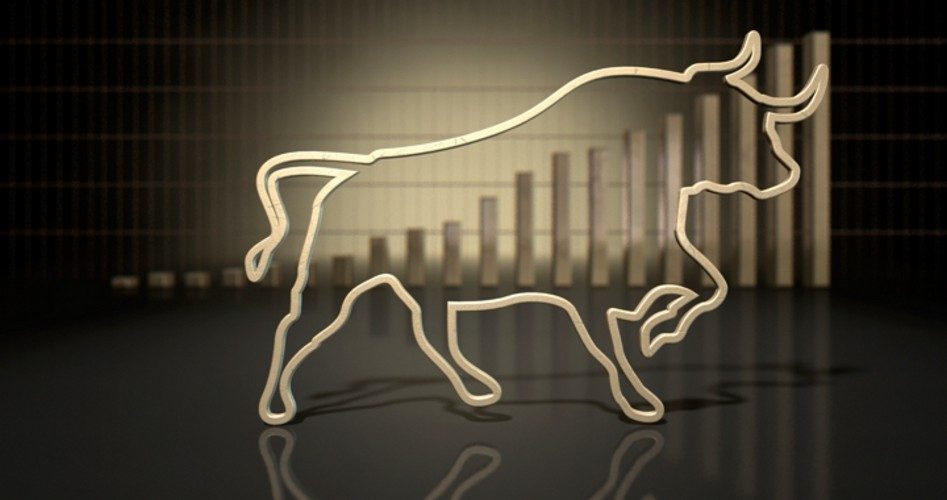
Just when concerns over the future of the U.S. economy have reached fever pitch thanks to the recent volatility on Wall Street, along comes the National Federation of Independent Business (NFIB) to calm those concerns. Its October report, “Small Business Economic Trends”, was summed up thus:
Overall, small businesses continue to support the 3 percent plus growth of the economy and add significant numbers of new workers to the employment pool.
The percent of owners with one or more unfilled openings is at a 45 year record high level.
Employment is growing faster than the population (210,000 per month this year to date), so the gains in jobs are being “fueled” in part by increased labor force participation.
Consumer optimism is also running at near-record levels, supported by rising wages and plentiful job openings.
After reviewing the numbers in each category (from “plans to increase employment” to “earnings trends”), the authors of the study concluded: “Bottom line, the October report sets the stage for solid growth in the economy and in employment in the fourth quarter, while inflation and interest rates remain historically tame. Small businesses are moving the economy forward.”
Indeed they are. The NFIB boasts membership of 325,000 small business owners, reflective of the estimated 28 million small-to-medium-sized businesses in the United States with fewer than 500 employees. That’s compared to about 20,000 companies with 500 employees or more.
And they swing a big hammer. Although only about a fifth of all small businesses have employees, those employees make up about half of the nation’s private sector workforce. Since 1996, those small businesses that do have employees have been responsible for creating two out of every three net new jobs in the U.S. economy.
And their optimism is catching. According to the National Retail Federation in its look ahead to the holiday season, retail sales in November and December are expected to rise between 4.3 and 4.8 percent ahead of last year (which itself was a record year with gains of 5.5 percent ahead of the previous year). And it’s possible that even that forecast will turn out to be too pessimistic. Wage increases and consumer sentiment are helping the holiday season sales outlook. As the Conference Board recently reported, consumer confidence reached its highest level in 18 years.
Only those determined to find signs of trouble can find some, but very little at that. As Bard Sorensen noted in Charles Schwab’s latest “Schwab Sector Views”:
First of all, it appears to us that the recent rise in interest rates is impacting the housing market, with existing home sales falling in September and down 4.1% from a year ago according to the National Association of Realtors.
Additionally, prices according to the S&P CoreLogic Case-Shiller Home Price Index grew at a slower pace in August for the fifth consecutive month — not a crisis but a sign of a softening housing market.
Additionally, we’ve seen [credit card] delinquency rates start to trend higher.
What Sorensen failed to note is that those credit card delinquency rates are moving slightly higher from record lows. According to the Federal Reserve Bank of New York, credit card delinquencies (payments overdue 90 days or more) touched bottom in the summer of 2016 at just six percent. By comparison, that number was 25 percent at the bottom of the Great Recession. Today, delinquency rates are approaching just nine percent, hardly high enough to blow the whistle on the economy.
Others are suggesting that the economic recovery is getting long in the tooth and therefore must come to an end soon. In fact, the economy is robust and likely to remain so well into next year for this simple reason: Those looking for evidence of its slowing simply can’t find it.
Image: allanswart via iStock / Getty Images Plus
An Ivy League graduate and former investment advisor, Bob is a regular contributor to The New American magazine and blogs frequently at LightFromTheRight.com, primarily on economics and politics. He can be reached at [email protected].
Related articles:
Dow Loses 800 Points in Two Days — a Forecast of Weakening Economy?
Jobs Report So Strong Even Democrats Can’t Find Anything Wrong With It



